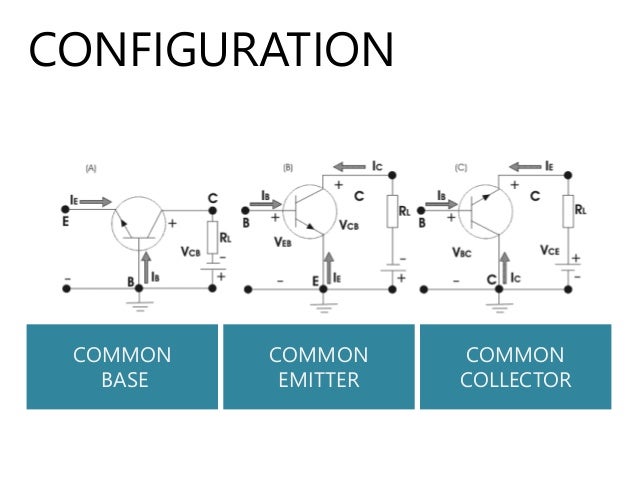

This is used to advantage in Schottky logic. One interesting thing is that the collector of a saturated transistor is actually below the base voltage. That's not very scientific and only roughly described the semiconductor physics, but it's a good enough model to keep in your mind as a first order explanation. There are extra "unused" charges in the base that take a little while to drain out. One artifact of saturation is that the transistor will be slow to turn off. A saturated transistor typically has around 200mV C-E, but that also can vary a lot by the design of the transistor and the current. Since the collector of a NPN will act like a current sink and in saturation the external circuit isn't giving it as much current as it could pass, the collector voltage will go as low as it can. If some data source only has data for the active region, this is probably good enough.Your \$I_\$. In other words, all of the non-linearities are important, and the behaviour in regions outside of as well as including the active region are also important. I am interested in writing some simulations involving BJTs which requires more information than can be obtained from the typical transistor equations. Some might become dependent on each other if a complete circuit is drawn including an impedance on the base and collector (or emitter) nodes.Īre there any example devices which have (presumably large) tables of data available for download for measurements of these parameters? I don't know if these are all independent - I believe they all are. Transistor temperature, which other variables such as the Collector-Emitter current, might have a second order effect from.Transistor HFE (beta) which is a function of temperature.To explain further, for a simple BJT circuit we have the following variables. Is there anywhere I can download some current-voltage data for a bipolar junction transistor? (It doesn't matter that much which one.)


 0 kommentar(er)
0 kommentar(er)
